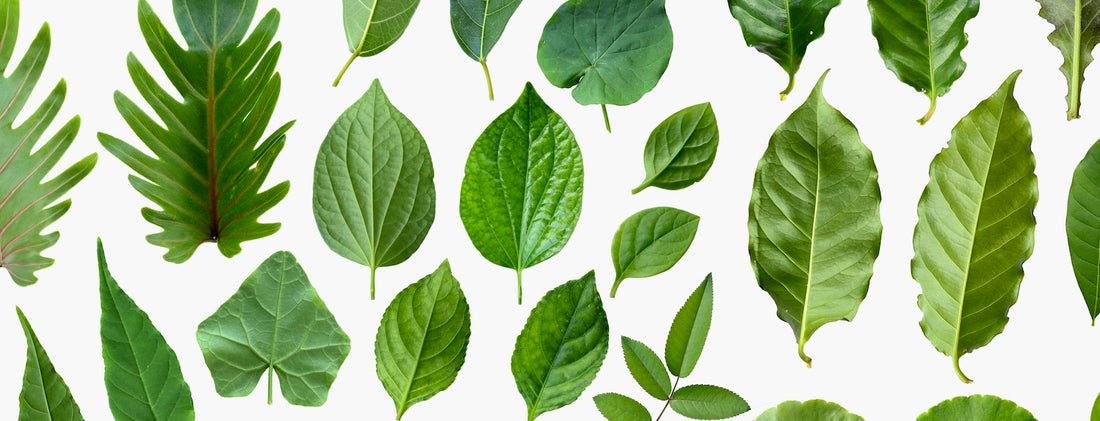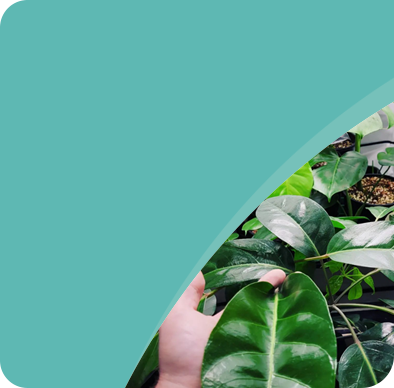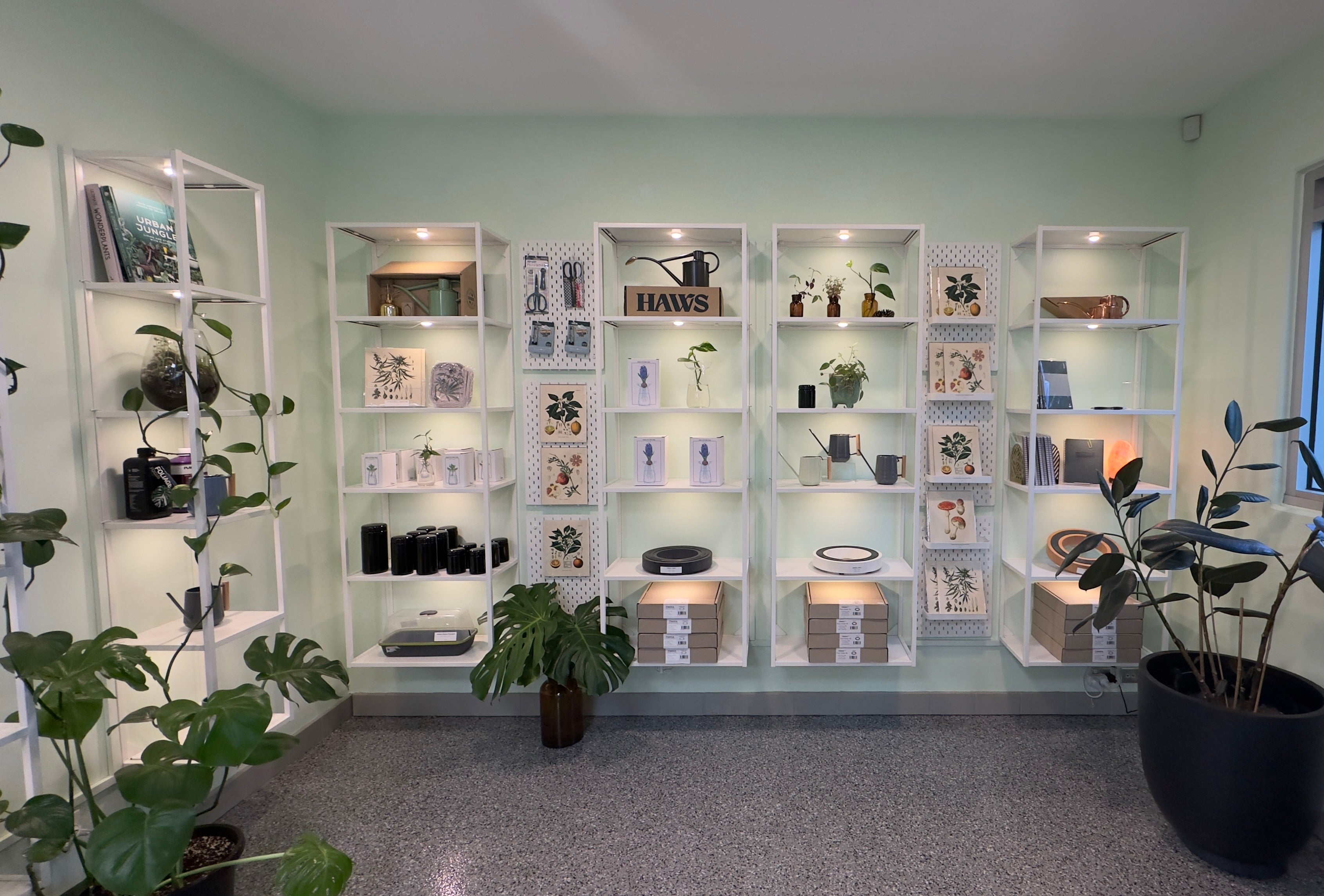In the last article I talked about general plant traits, in this I will explain why each of these is important and what to actually look for.
Typically Sought After Traits
- Height & Branch structure
- Vigor & Environmental Adaptability
- Hardiness & Light tolerance
- Disease & pest resilience
- Yield & Maturation
- Root & Leaf formation
- Gender
Height and Structure
When looking through a new variety, height and structure are very important traits, as these traits dictate the way the plant responds to an environment, the factors that can alter plant morphology fall under abiotic conditions. These conditions dictate phenotypical expression within a genotype, this genotype however is still responsible for the morphological expressions which include height. When F1 progeny is grown out in mass it is much easier to observe plant size and internodal structure once fully grown and mature.
Vigor and environmental adaptability
Vigor comes naturally to those with strong genes and by crossing parents with equally strong growth traits, resulting in the F1 progeny being extremely vigorous. The F1 generation will always be faster growing and shorter in flowering time because of the massive amounts of variation in the first generation. Vigor is gradually lost as successive breeding continues, if the breeder understands these outcomes then Vigor is be maintained through selective breeding.
Environmental adaptability is the way a plant responds to multiple environments without major changes to plant or flower morphology. The key to breeding with varieties that have low morphology is to subject the plant to a constant change in environmental conditions for you to be able to identify certain traits, which should be minimal in changes when grown across multiple environments. Plants that fall into this category are usually found in harsher conditions where temperatures can get high and equally as low.
Hardiness and light tolerance
Plant hardiness is often overlooked yet a very important trait because this determines whether your offspring can tolerate a wide range of conditions, specifically their resistance to varying temperatures as well the ability to tolerate drought and water logging. An example here would be to grow out new generations on mass to witness their ability to withstand these environmental changes, i.e. light tolerance. The plants that do not survive these conditions would generally carry the weak gene (Carrier) over if it were to be bred, the ones that do survive the varying or harsh conditions would have a natural resistance to frosts, heat and swinging temperatures.
Disease & pest resilience
Resistance to disease and pests fall under the same observations as plant hardiness. Insect infested plants generally have lower glandular capacity than resistant varieties. This is because over many years Canna has evolved to boost its own natural defence in the form of glandular and non-glandular (cystolithic) trichomes, these sticky resin glands actually trap most crawling and flying insects providing a natural deterrent, some plants however would become infested and eventually consumed by these pests, those particular plants are ones that would not be resistant to these attacks and therefore conclude not to breed these varieties. The same applies to disease in the way that over mass populations some of the plants will succumb to disease and some will not, this makes searching for stronger plants in mass much easier.
Yield and Maturation
Yield is not a difficult trait to track, as the outcome is visible and can be measured easily. Desirable plants do not necessarily have to produce monster yields to quantify; if the breeder is not interested in huge yields then their work will generally reflect their personal goals, so a subjective topic as we all have different ideas of what a good yield should be. For some, large terminal flowers might be the goal, others may prefer scattered mid-sized buds or flowers that offer greater uniformity. If the parents used in the cross were tall, we might have a 75% outcome of tall plants with large flowers, if the parents were outbred with another variety, one short and one tall the progeny is likely to be medium sized.
Maturation times vary from short to long depending on the varieties being grown, this trait is easy to track. When a breeder has found a suitable timeframe it is best to harvest and dry your plant and then judge using final weights from here as it will be easier to know which back-up clones not to use.
Roots and Phyllotaxy
Roots also display many differences, some root patterns are more desirable than others, root production is very important, post germination the cotyledon forms a main taproot which is used to anchor the plant, protecting from strong winds and rain. Some taproots however do not descend as far and sit quite shallow. All roots will form lateral root shoots from which fine root feeders are formed.
Observing a root zone can be quite difficult whilst growing, some breeders choose clear containers, others will weigh their harvested root ball and determine if the weight of root mass is adequate or insufficient. Those who choose to breed with roots in mind will produce a much stronger hybrid that may be more tolerant to the harsh abiotic conditions. Canna root zones are actually being studied in medicine for their anti-cancer and neuroregenerative properties, it won’t be long before we see breeders fine tuning the way they breed to acclimatize and improve their existing varieties.
Phyllotaxy is the arrangement of leaves on an axis or stem, this means the leaf itself, its leaflets, its shape and the petiole (which connects each leaf to the main stem). There are many different shapes and types of leaves that form on canna, but the two (keeping it simple) that we are focused on are broad leaves (webbed) and thin leaves (compound pinnate). Broader leaved varieties tend to have a higher calyx to leaf ratio and thick medium sized resinous flowers, the thinner leaf varieties produce much longer pistillate style buds which take longer to mature but generally the flowers once harvested, will need a significant amount of trimming to be done before they would be considered complete, both have their pro’s and con’s.
Leaf traits are quite easy to predict using Mendillian law, although leaf mutations can occasionally occur. In the book 'Marijuana Botany', The author R. Clarke talks about an Afghanistani variety that formed tiny floral clusters along the petiole of the large primary leaves. Another example of a mutation whereby a lone bud will grow at the leaf tip of the petiole, these mutations are common in unknown varieties or landrace (heirloom, no human interaction) from my experience they may have been pollinated unintentionally and successively for years, we will never know.
As always, thanks for reading, post your questions or comments below, next breeding topic we will look at the massive topic of floral traits.
References: G. Acquaah, R. C. Clarke, L. Burbank




